Growing Almond Trees - Information On The Care Of Almond Trees
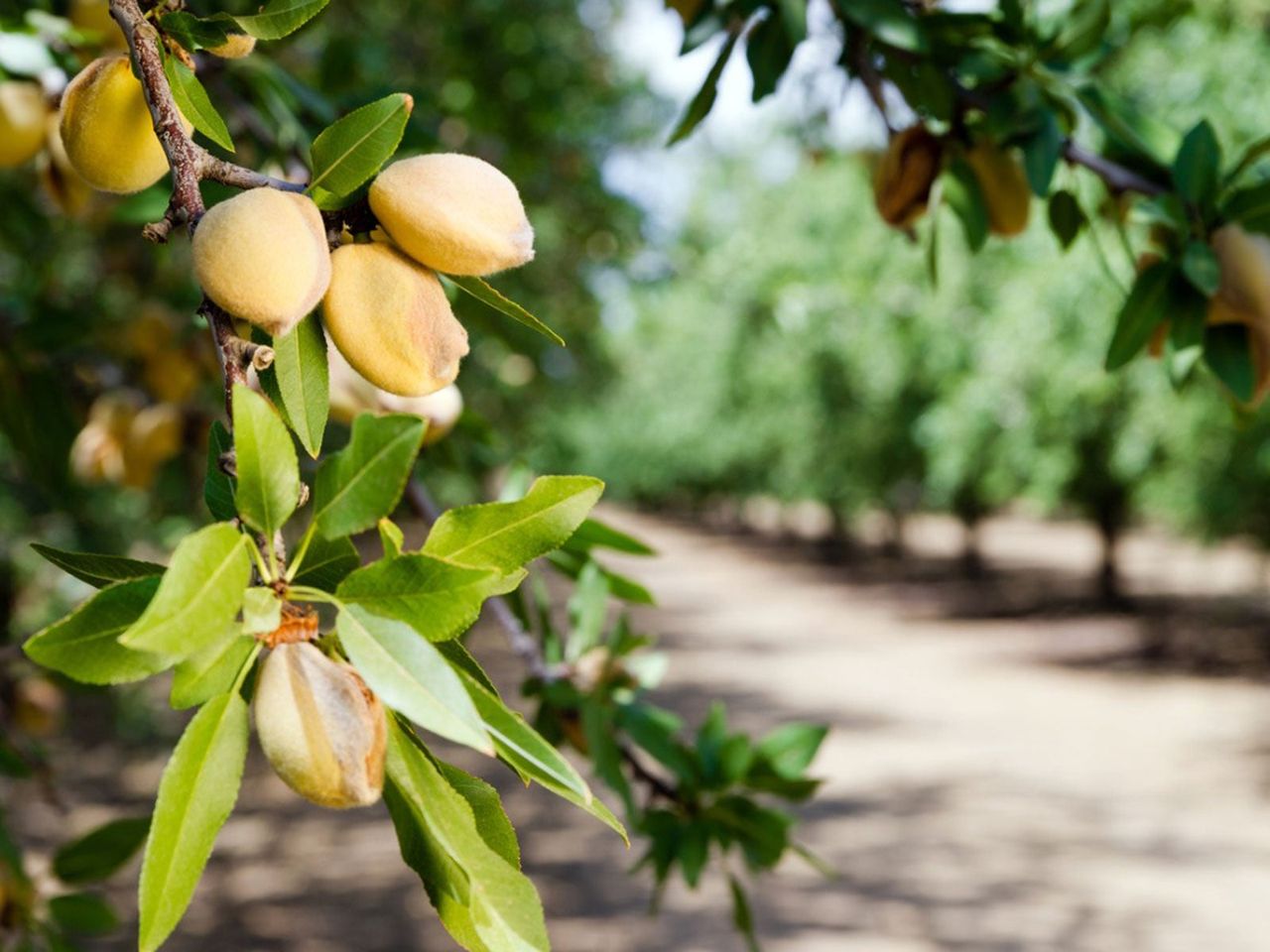
Cultivated as early as 4,000 B.C., almonds are native to central and southwest Asia and were introduced to California in the 1840's. Almonds (Prunus dolcis) are prized for use in candies, baked goods, and confections as well as for the oil processed from the nut. These stone fruits from growing almond trees are also reputed to aid in a number of physical ills and are used in folk remedies for everything from cancer treatment to corns to ulcers. As popular as they are, what about growing them in the home landscape?
How to Grow an Almond Tree
When growing almond trees, it's helpful to know that the trees don't tolerate overly wet soil and are extremely susceptible to spring frost. They thrive in mild, wet winters and hot, dry summers in full sun. If your region doesn't fall within these parameters, it's unlikely an almond tree will set fruit for you. Additionally, very few varieties of almond tree are self fertile, and therefore need cross pollination for fruit production, so you'll need to plant at least two trees. If space is at a premium, you can even plant two in the same hole, wherein the trees will grow together and intertwine, allowing the flowers to cross pollinate. Almond trees are deep rooted and should be planted in deep, fertile, and well-draining sandy loam. Almond trees should be planted 19 to 26 feet (6-8 m.) apart and irrigated despite the fact that the trees are drought tolerant. An application of nitrogen and organic fertilizer will aid in growth. These trees have high nitrogen (N) and phosphorus (P) requirements. To plant the almond tree, dig a hole wider than deep and make sure the roots fit easily into the depth of the hole, then water in deeply. You may need to stake the little tree if you live in a windy area, but remove the stakes after a year or so to allow the tree proper growth.
Care of Almond Trees
Almond tree care varies according to the season. In the winter or dormant season, the growing almond trees should be pruned (December/January) to promote growth, allow light, and remove any dead or diseased limbs or suckers. Clean the area of debris around the tree to eliminate overwintering navel orangeworms and spray with dormant oil to kill peach twig borer, San Jose scale, and mite eggs. During the spring bloom season, care of almond trees should include fertilization of mature trees with urea or manure, watered in or small doses of nitrogen for young trees. Drip irrigation should be initiated daily for those newly planted, with the trees needing at least 2 to 3 inches (5-8 cm.) of water. Established trees can get by on 2 to 3 inches (5-8 cm.) of weekly watering in the absence of rain and may require additional watering during times of drought. Also, if the tree is planted in shallow or sandy soil, it will need more water. During the summer, continue to irrigate and fertilize at the same rate as the spring application up until harvest.
Harvesting Almond Tree Fruit
The harvesting of almond tree fruit occurs after the hulls split and the shell becomes dry and brown in color. Almonds need 180 to 240 days for nuts to mature wherein the nut (embryo and shell) has dried to minimum moisture content. To harvest the almonds, shake the tree, then separate the hulls from the nut. Freeze your almond nuts for one to two weeks to kill any residual worms and then store in plastic bags. Lastly, when caring for almond trees, spray the trees during or after the leaves drop in the fall before the winter rains. This will reduce the damage from shot hole fungus in the spring.
Gardening tips, videos, info and more delivered right to your inbox!
Sign up for the Gardening Know How newsletter today and receive a free copy of our e-book "How to Grow Delicious Tomatoes".

Amy Grant has been gardening for 30 years and writing for 15. A professional chef and caterer, Amy's area of expertise is culinary gardening.
-
 7 Vegetables To Plant In April: Start Indoors Or Outside For A Bumper Summer Harvest
7 Vegetables To Plant In April: Start Indoors Or Outside For A Bumper Summer HarvestAchieve your growing ambitions with these best vegetables to plant in April – including cold-hardy crops to sow direct and tender varieties to start indoors
By Mary Ellen Ellis
-
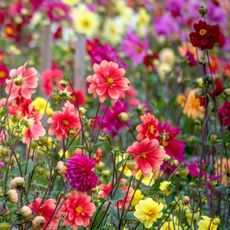 Cut Flower Garden For Beginners: 8 Easy Decorative Floral Plants For Newbies To Grow
Cut Flower Garden For Beginners: 8 Easy Decorative Floral Plants For Newbies To GrowAre you new to growing decorative florals for bouquets and ornamental displays? A cut flower garden for beginners is well within reach if you grow these flower seeds
By Tonya Barnett
-
 Almond Winter Care – What To Do With Almonds In Winter
Almond Winter Care – What To Do With Almonds In WinterWith early blooms in mild climates, almond trees are making their way into the landscape, providing homeowners with early spring blooms, healthy nuts and an attractive landscape plant. Click this article for tips on what to do with almonds in the winter.
By Darcy Larum
-
 Almond Oil Information: Tips For Using Almond Oil
Almond Oil Information: Tips For Using Almond OilAlmond oil is nothing new. But exactly what is almond oil and how do you use it? The following article contains almond oil information. Learn about the uses of almond oil and more. Click here to learn more.
By Amy Grant
-
What Is Hull Rot: Learn How To Avoid Rotting Nut Hulls
Almond hull rot is a fungal disease that affects the hulls of nuts on almond trees. It can cause big losses in almond farming, and the occasional backyard tree. Understanding basic identifying factors can help you manage this disease. Learn more in this article.
By Mary Ellen Ellis
-
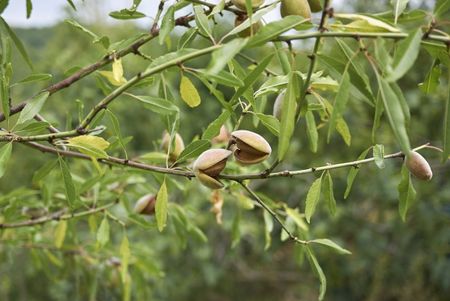 Can You Grow Almonds From Cuttings – How To Take Almond Cuttings
Can You Grow Almonds From Cuttings – How To Take Almond CuttingsAlmonds are usually propagated by budding or grafting. How about rooting almond cuttings? Can you grow almonds from cuttings? Find out how to take almond cuttings and other information about propagating almonds from cuttings in this article.
By Amy Grant
-
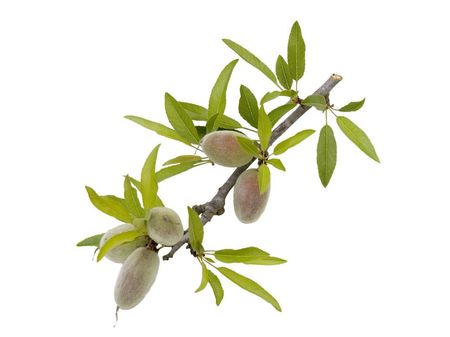 Almond Propagation Methods: Tips On Propagating Almond Trees
Almond Propagation Methods: Tips On Propagating Almond TreesAlmond trees have become a popular nut tree for home gardens around the world. They can be purchased from garden centers and nurseries, or propagated at home from an existing almond tree. Click here to learn how to propagate an almond tree.
By Darcy Larum
-
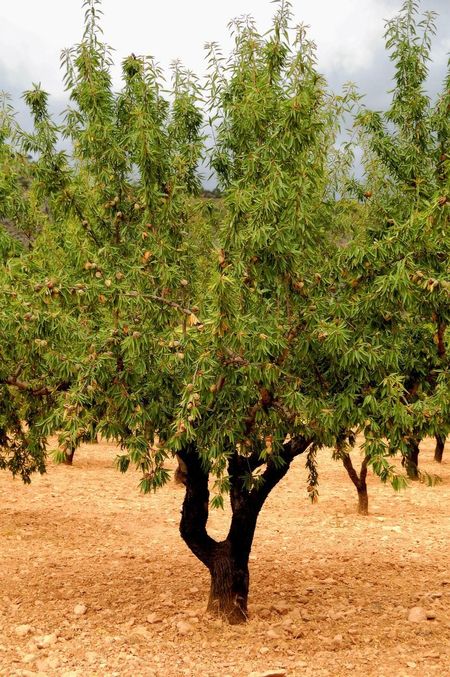 Moving An Almond Tree – How To Transplant Almond Trees
Moving An Almond Tree – How To Transplant Almond TreesDo you have an almond tree that for one reason or other needs to be moved to another location? Then you're probably wondering if you can transplant an almond? If so, click on this article for some helpful almond transplant tips.
By Amy Grant
-
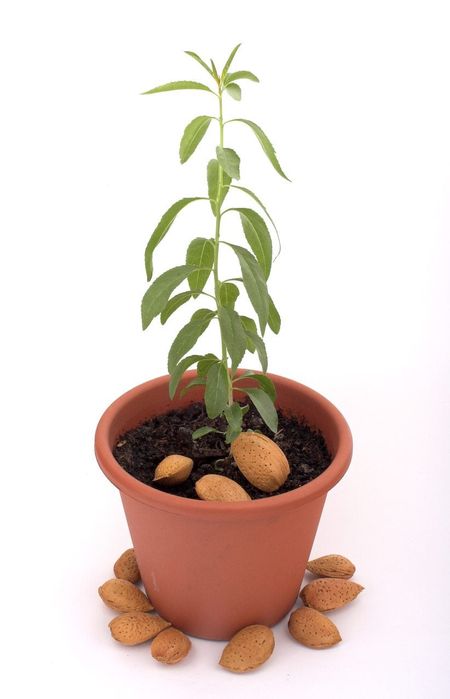 Planting Almond Nuts – How To Grow An Almond From Seed
Planting Almond Nuts – How To Grow An Almond From SeedAlthough almond germination does take a little know how, propagating your own seed grown almond trees is definitely a fun project for the novice or avid home gardener. Click on the following article to find out how to grow an almond from seed.
By Amy Grant
-
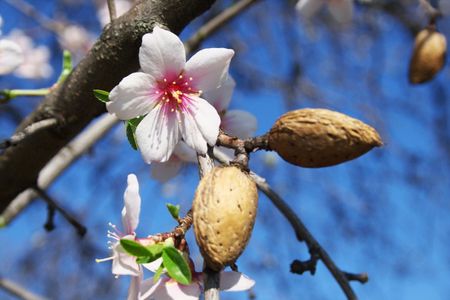 Almond Pest Control – Recognizing Almond Tree Pest Symptoms
Almond Pest Control – Recognizing Almond Tree Pest SymptomsUnfortunately, humans aren?t the only ones that enjoy almonds; there are lots of bugs that eat almonds, or the tree?s foliage. When treating pests on almond trees, it?s important to recognize almond tree pest symptoms. The following article can help with that.
By Amy Grant
